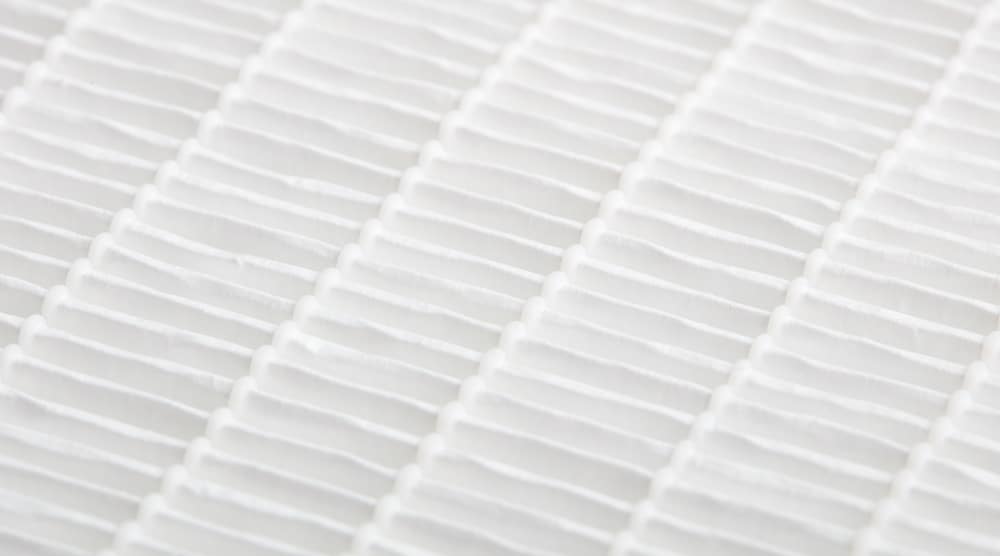Indoor air quality is a hot topic, especially as workers return to office environments. As the COVID-19 pandemic rages on and cold and flu season approaches, negative indoor air quality can have serious health consequences for workers. Read on to find out how to improve indoor air quality to ensure your team is taken care of.
How to Improve Indoor Air Quality
Hazards Associated with Poor Air Quality
Poor indoor air quality is associated with a number of adverse health effects, particularly if mold is involved. Per the EPA, negative health effects associated with indoor air pollutants include the following:
- Eye, nose, and throat irritation
- Headaches and dizziness
- Unusual fatigue
- In severe cases, respiratory diseases and certain cancers
Poor indoor air quality also has implications for your team’s overall work performance. Initial EPA research shows that diminished air quality can have a negative impact on both student performance in the classroom and productivity in the workplace.
How to Improve Indoor Air Quality
Employers have a responsibility to keep their workers safe and healthy in the workplace – and indoor air quality is an important part of that responsibility. Below are a few ways to immediately improve the air quality in your workplace:
- Focus on ventilation. Operating fans and opening windows and doors are both excellent ways to increase a facility’s outdoor ventilation rate. This is especially true for fans that exhaust outdoors. Proper ventilation can help remove contaminants from larger areas, promoting better airflow and reducing the spread of infectious diseases.
- Install air cleaners. Using a portable air cleaner or purifier is a quick way to improve indoor air quality in your facility. These machines range widely in size, price, and capability and are designed to filter the air in a single room or small area. You can achieve a similar effect by changing the air filters in your furnace or central air-conditioning system. These filters are specifically designed to “clean” the air in a space and should be changed regularly to maintain peak performance.
- Consider working with a professional. While ventilation and air purification are both excellent tactics to improve indoor air quality, some indoor air pollutants require a professional’s help. If your space is found to contain mold, asbestos, or any other harmful contaminant, you may need to employ a remediation organization like Environmental Works to ensure your team’s safety.
Our Approach to Improving Indoor Air Quality
As mentioned above, if you suspect that your facility has a mold or other indoor air quality problem, reach out to experts right away – like the team at EWI. In cases of mold contamination, we have the personnel, equipment, supplies, and materials for full-scale commercial mold remediation. We also have access to high-efficiency particulate air filtration (HEPA) vacuums, which are used to remove any mold from raised surfaces in the workspace. Finally, we’ll vent your space and clean the air using a powerful negative air machine. Each of these steps is employed to ensure that no harmful particles are left behind.
____
Improving indoor air quality might sound like a daunting task. However, a focus on ventilation, filtration, and, when necessary, remediation is all you need to ensure your workplace remains safe and healthy for your team. Keep indoor air quality in mind as cold and flu season approaches, and remember: A well-ventilated space is a healthier space.
Do you need further guidance on how to improve indoor air quality? When you’re ready, you can contact EWI online or call 877-827-9500 for more information. Our team can work with you to develop a plan for your business, ensuring you and your employees enjoy the benefits of improved air quality for years to come.




